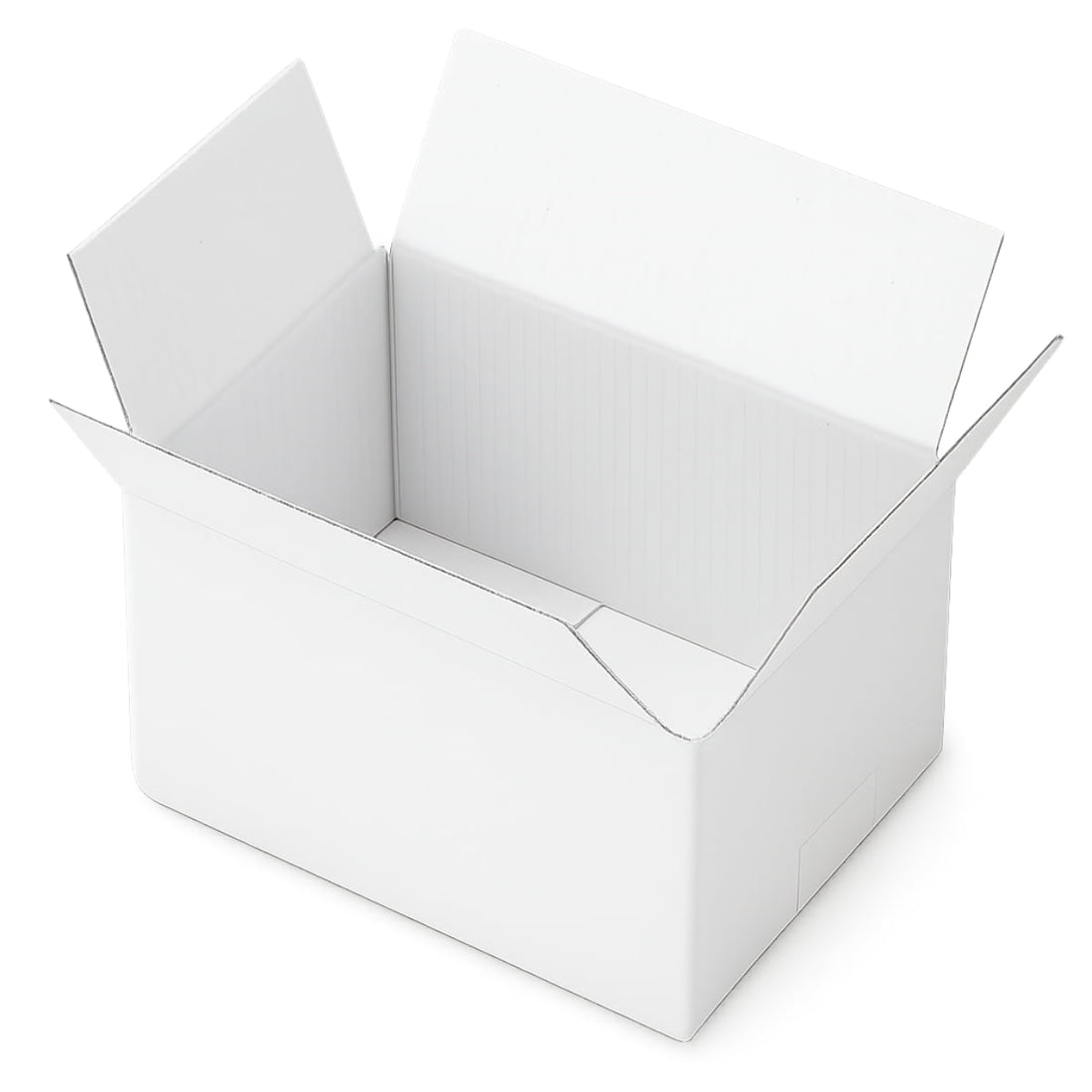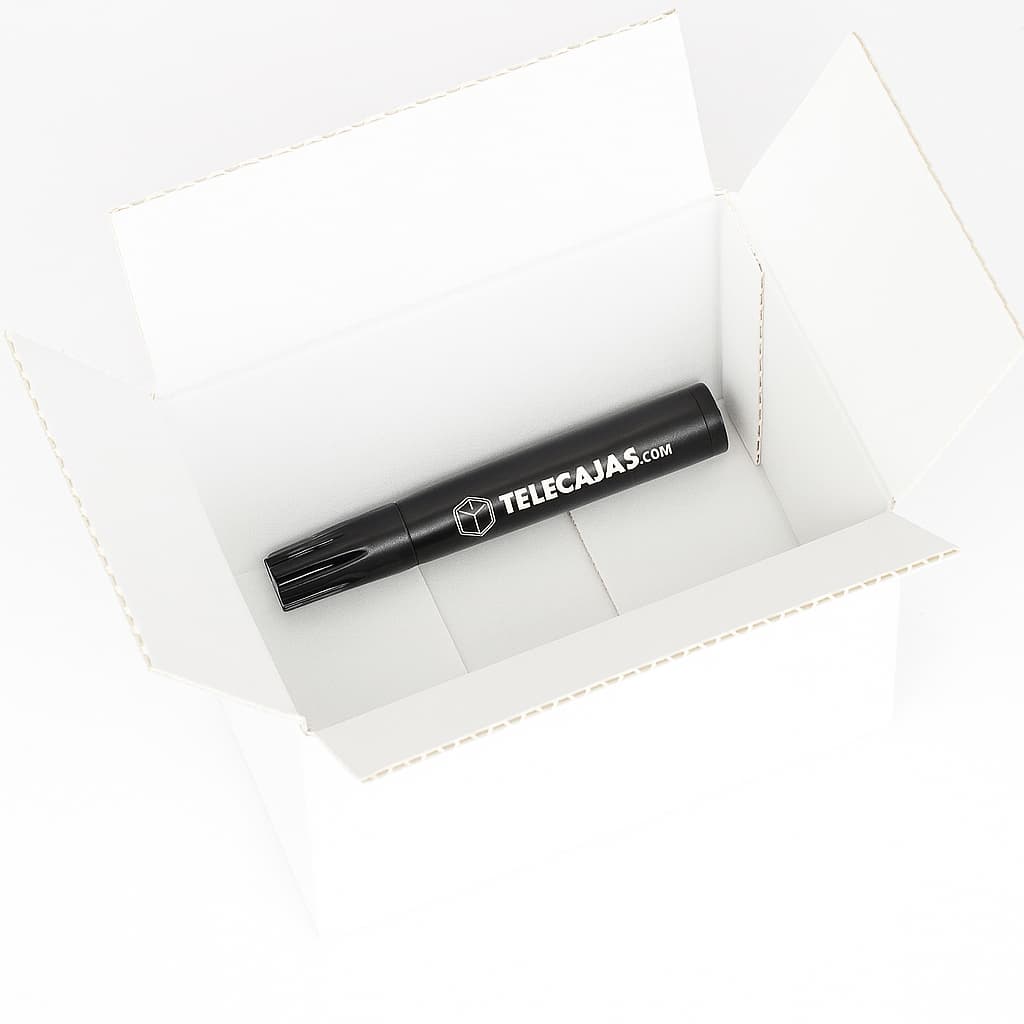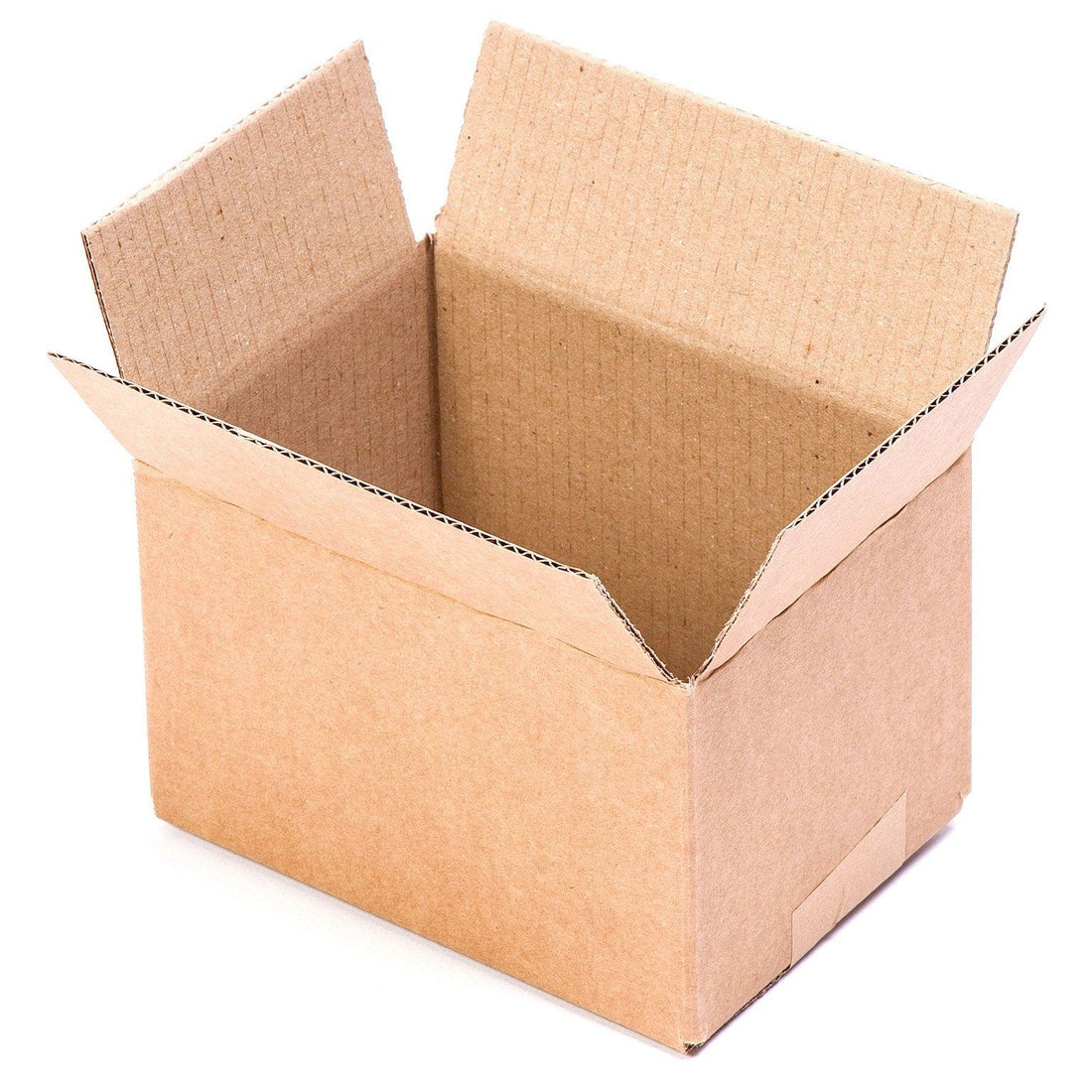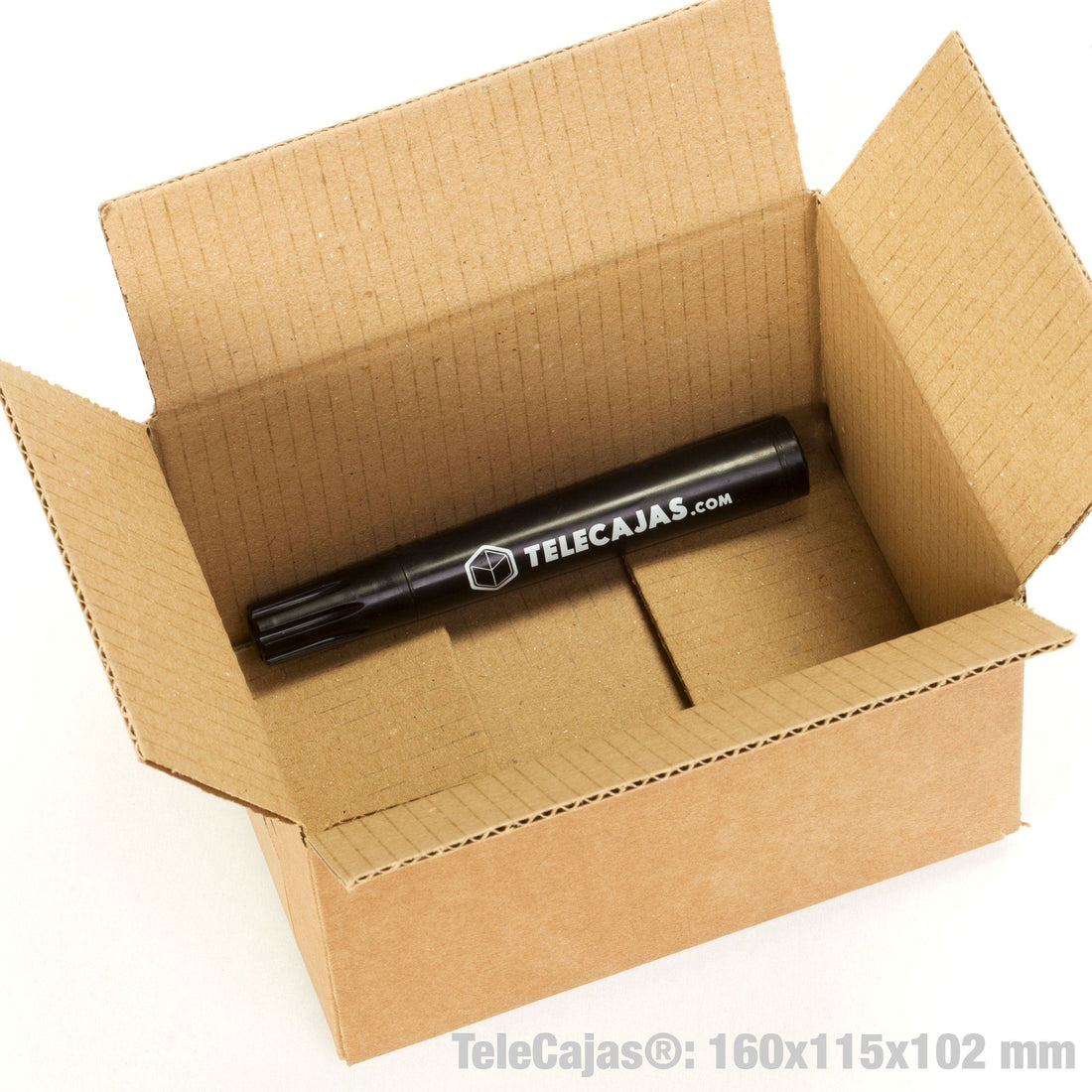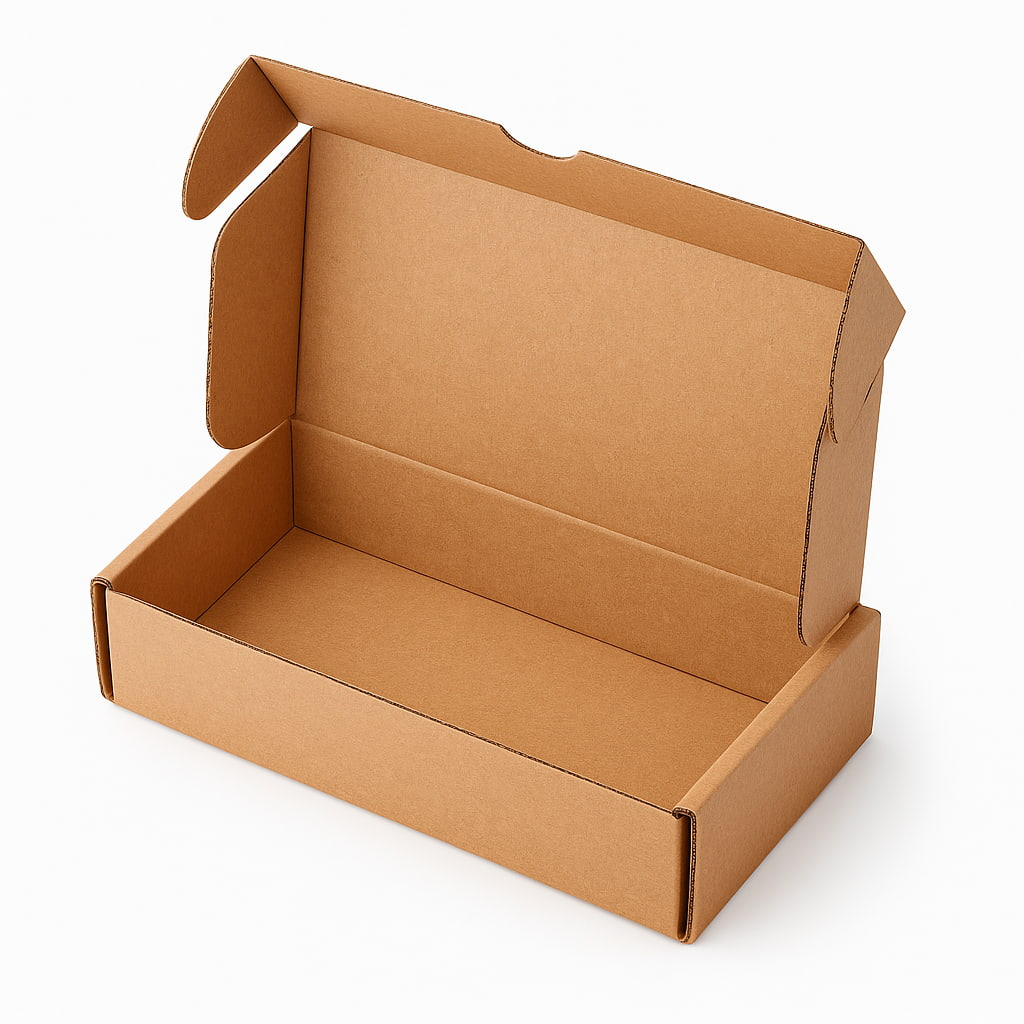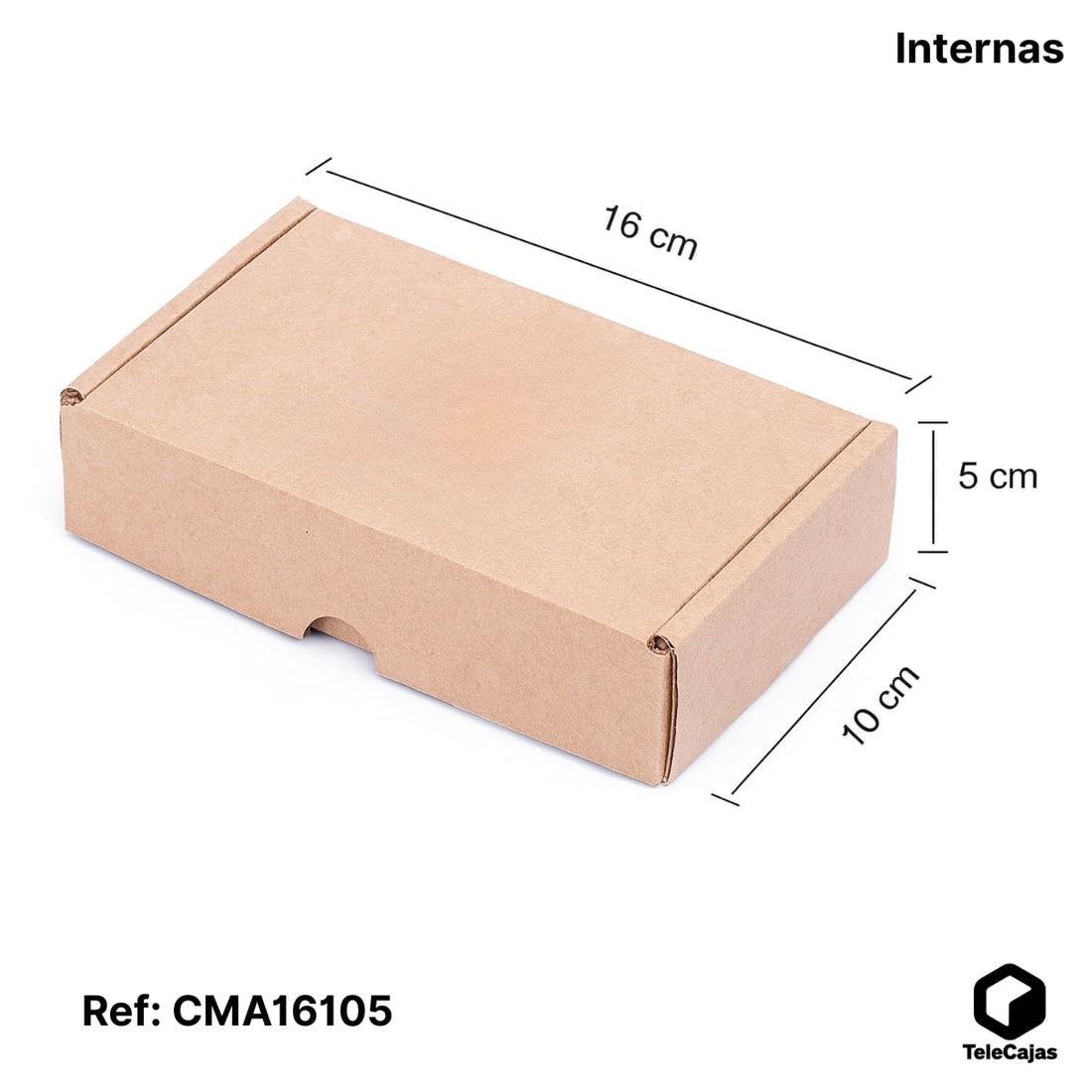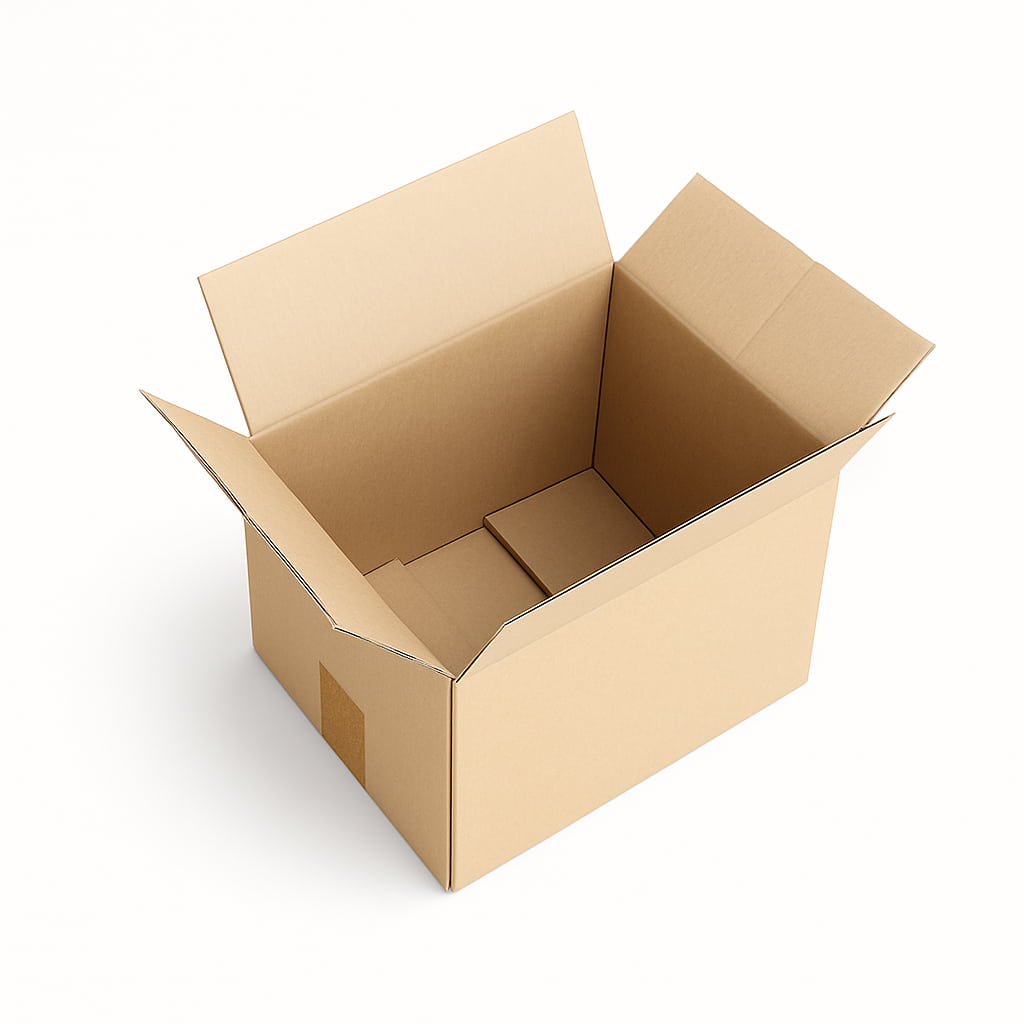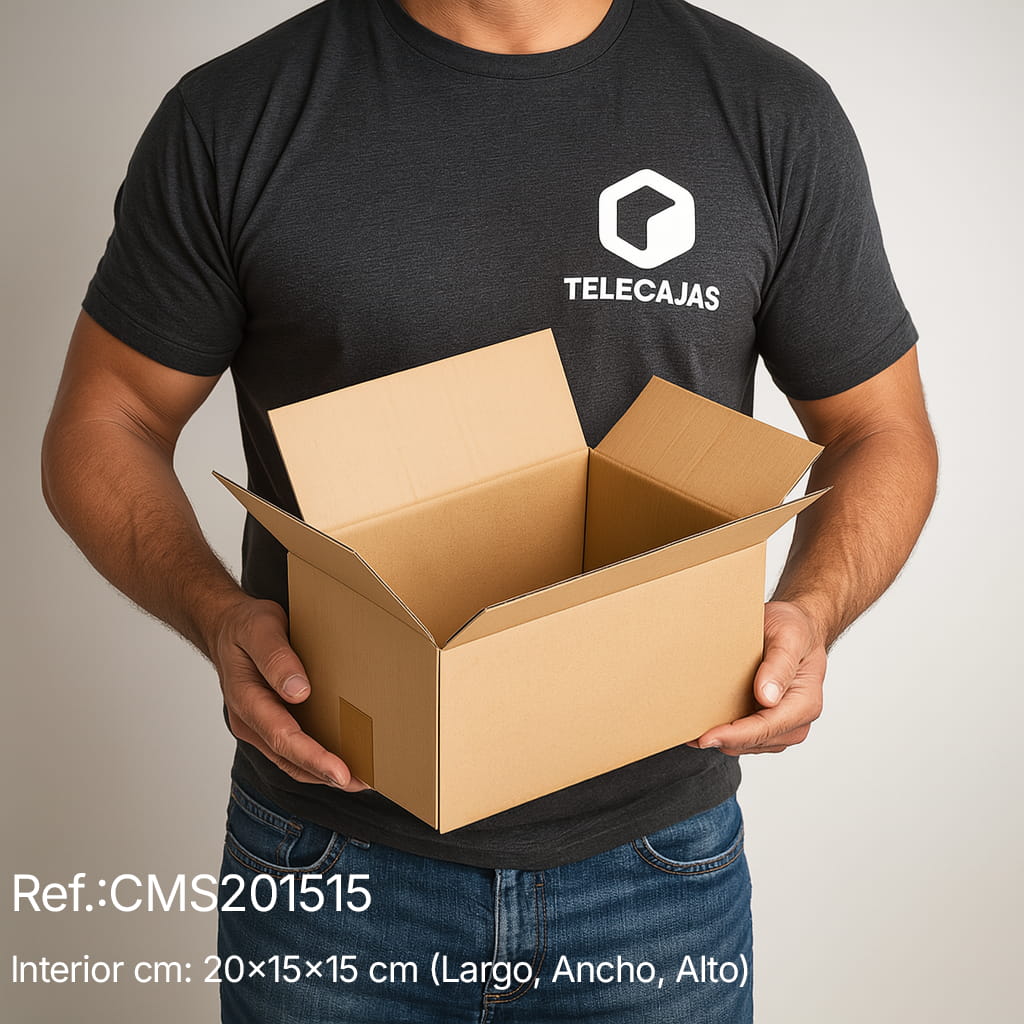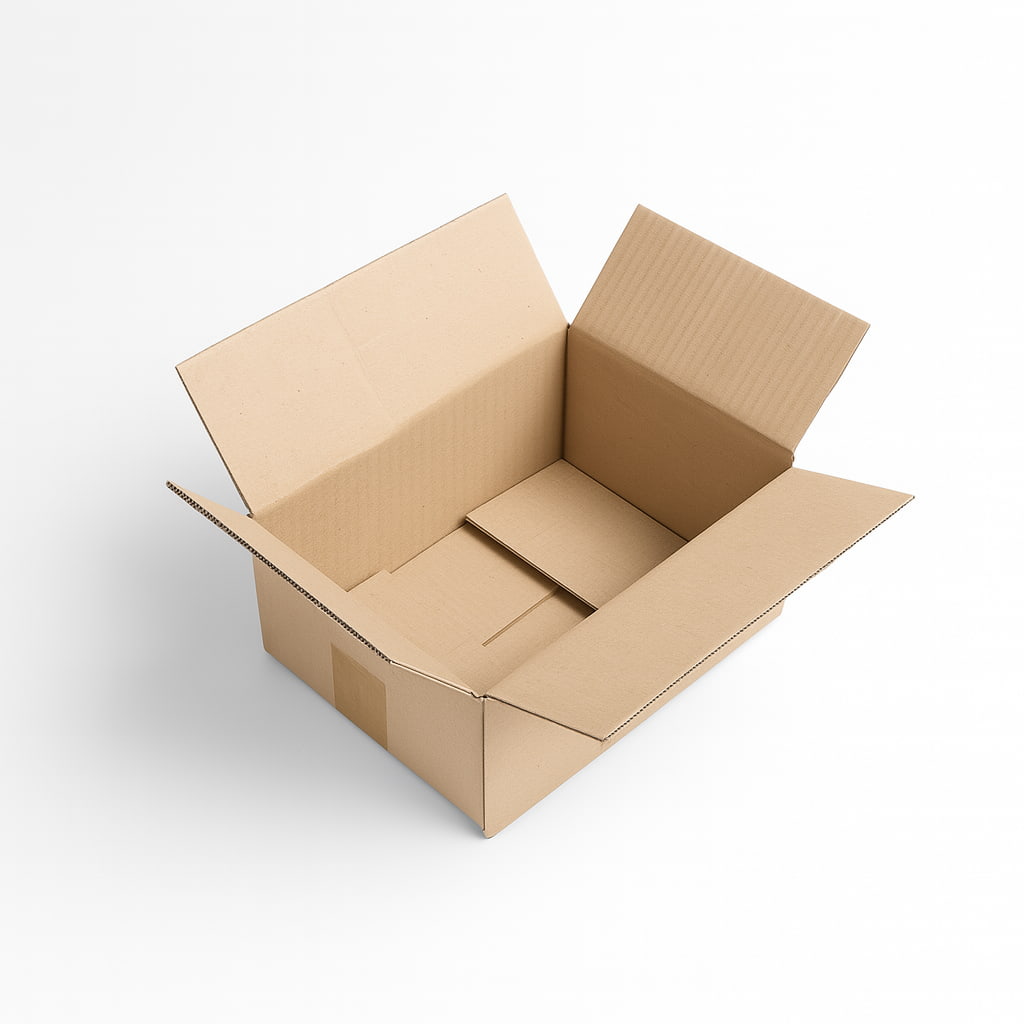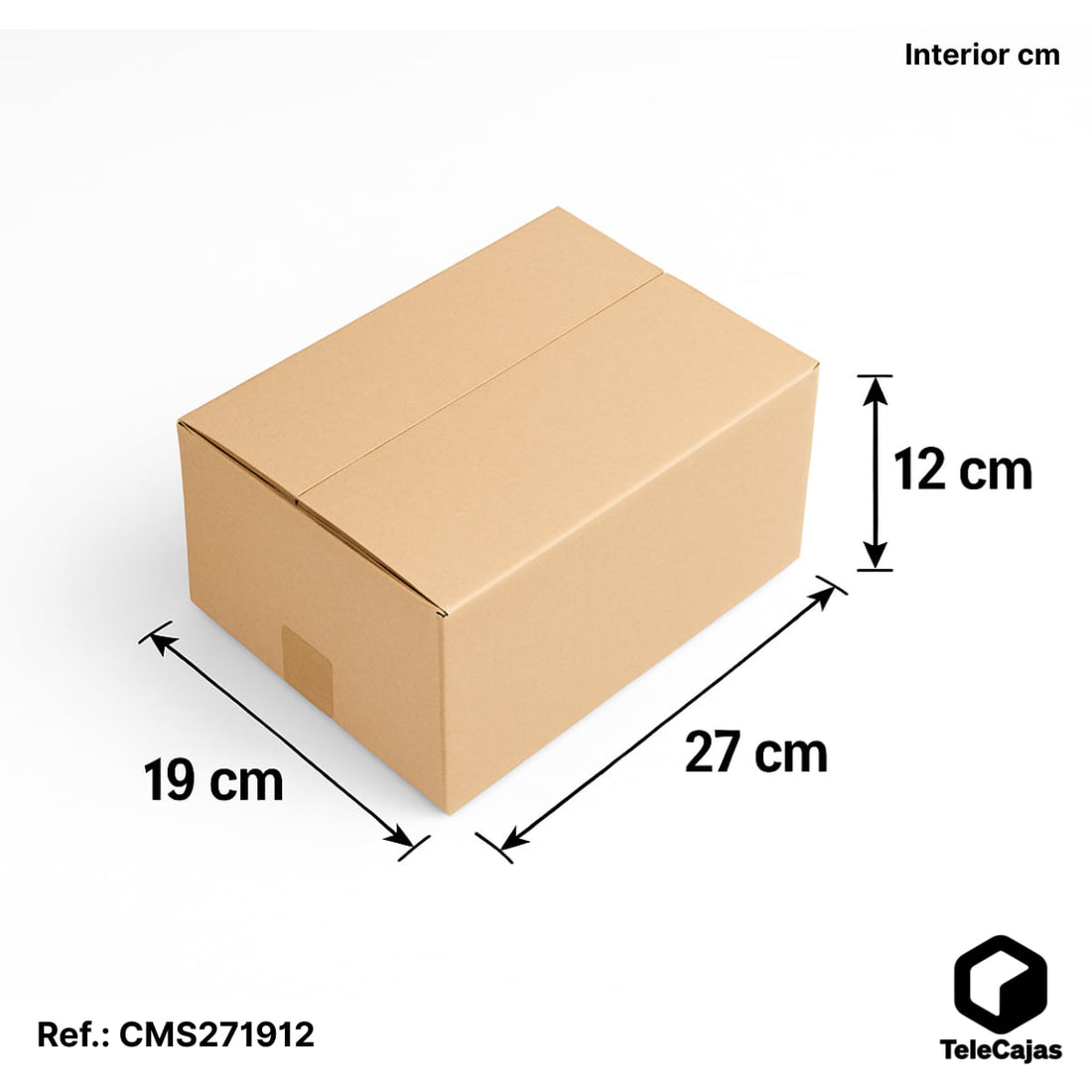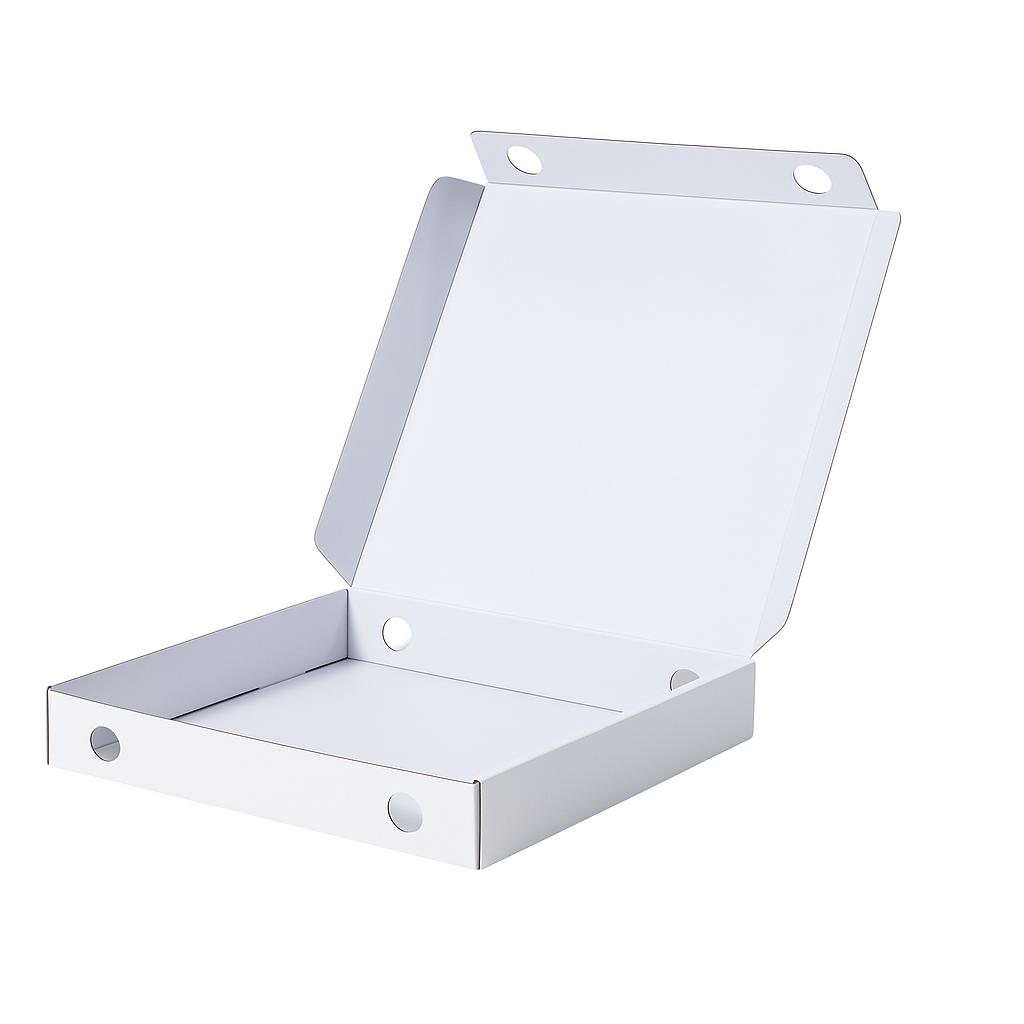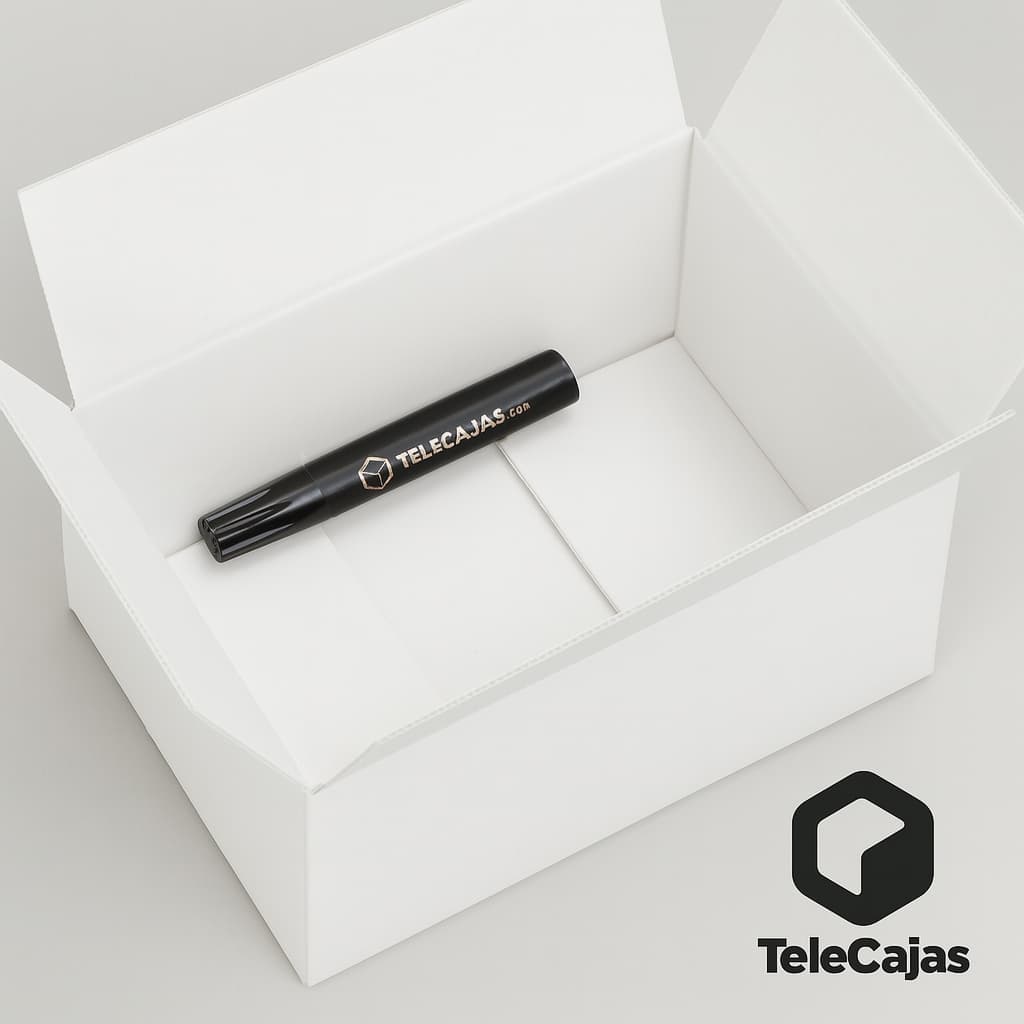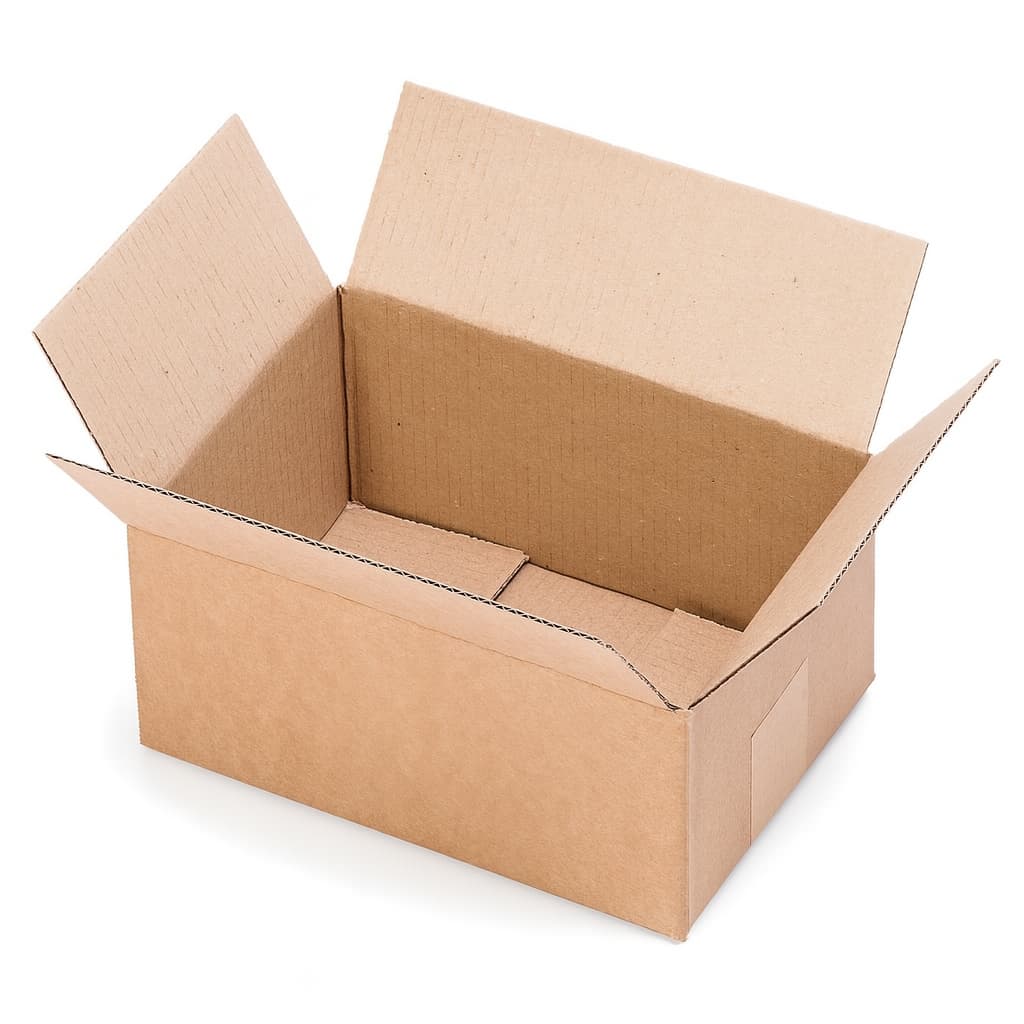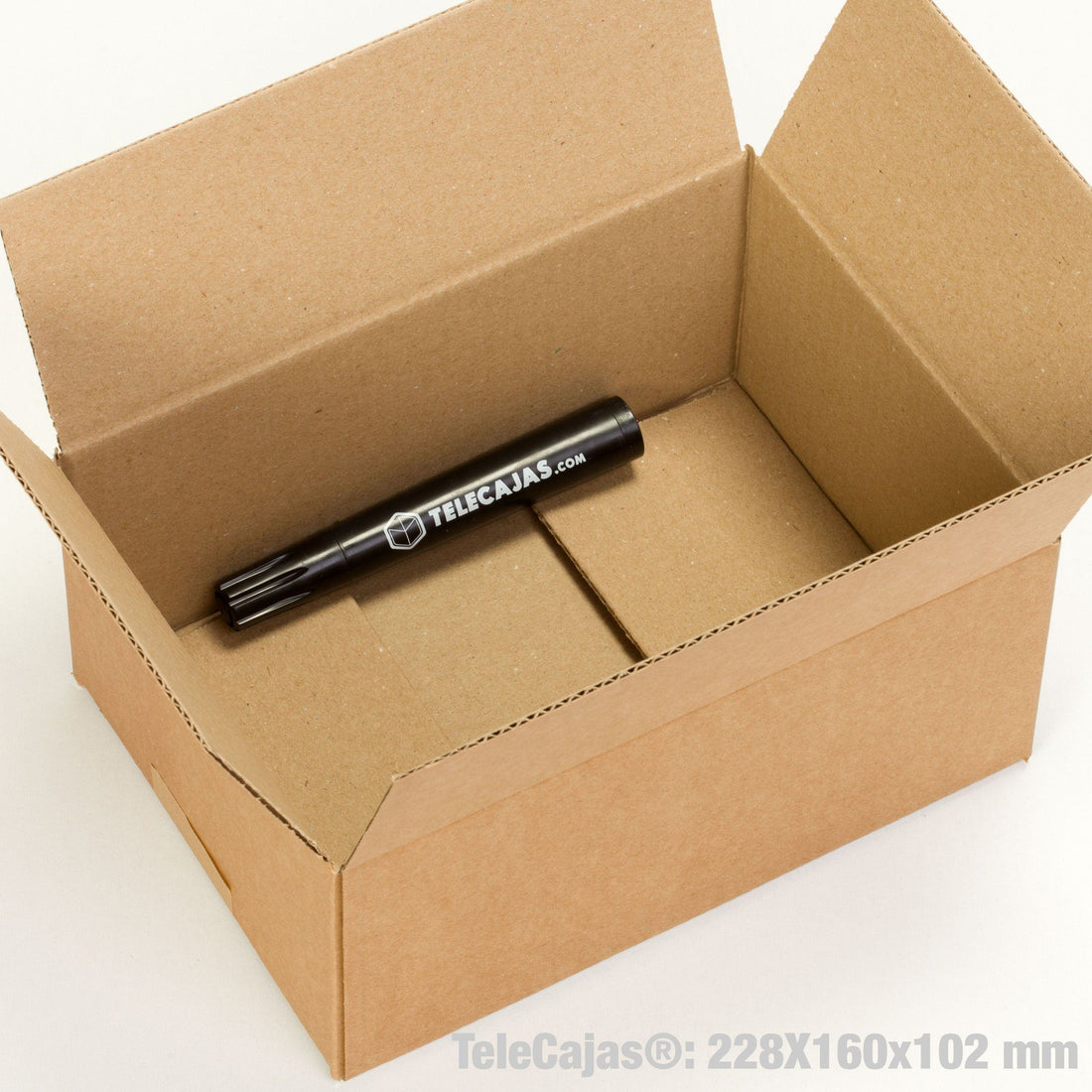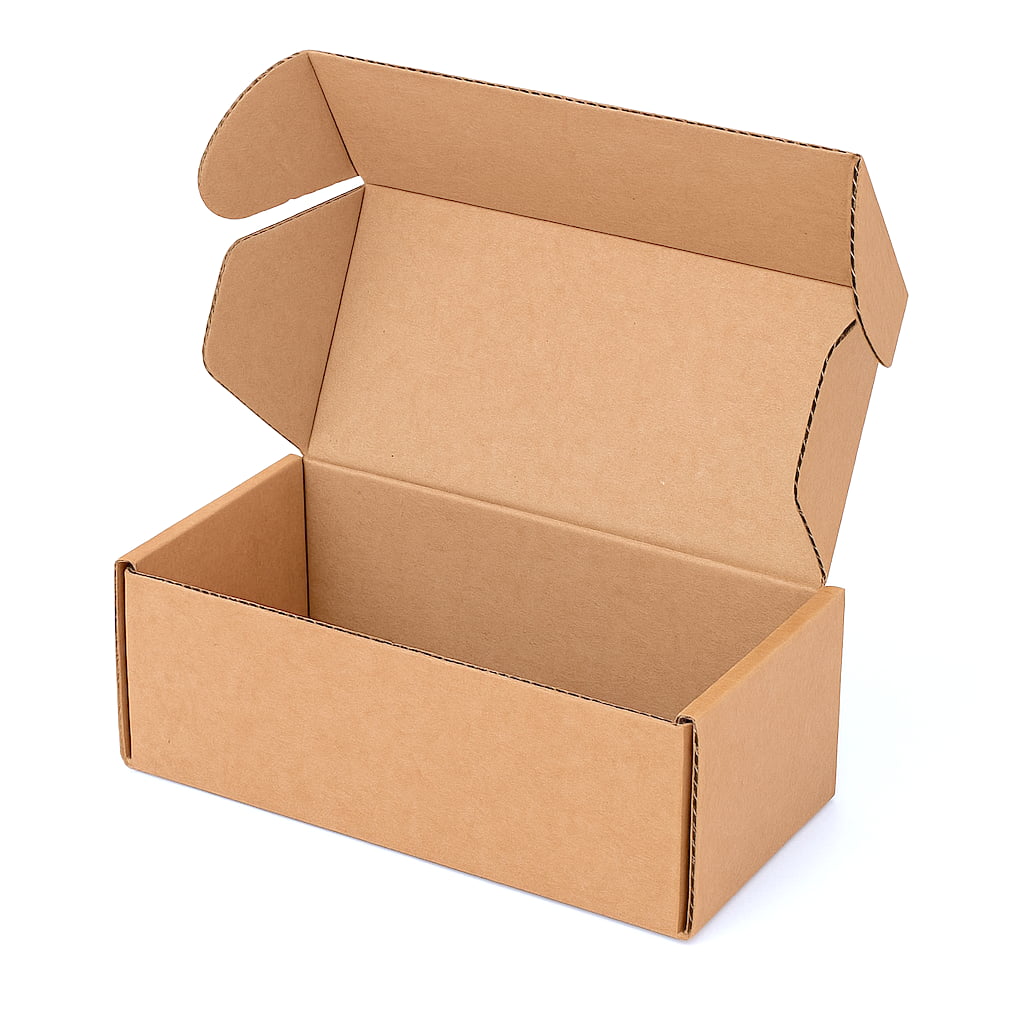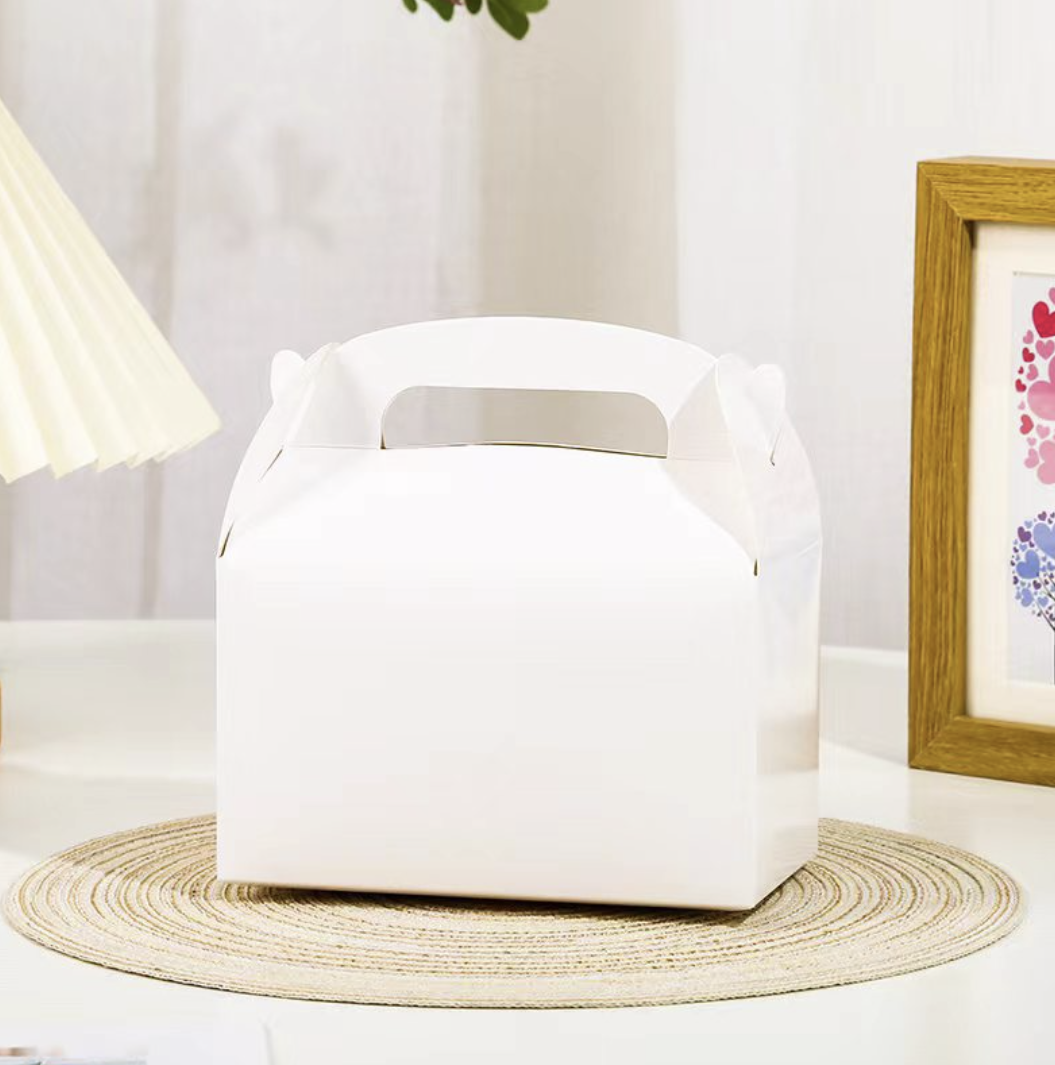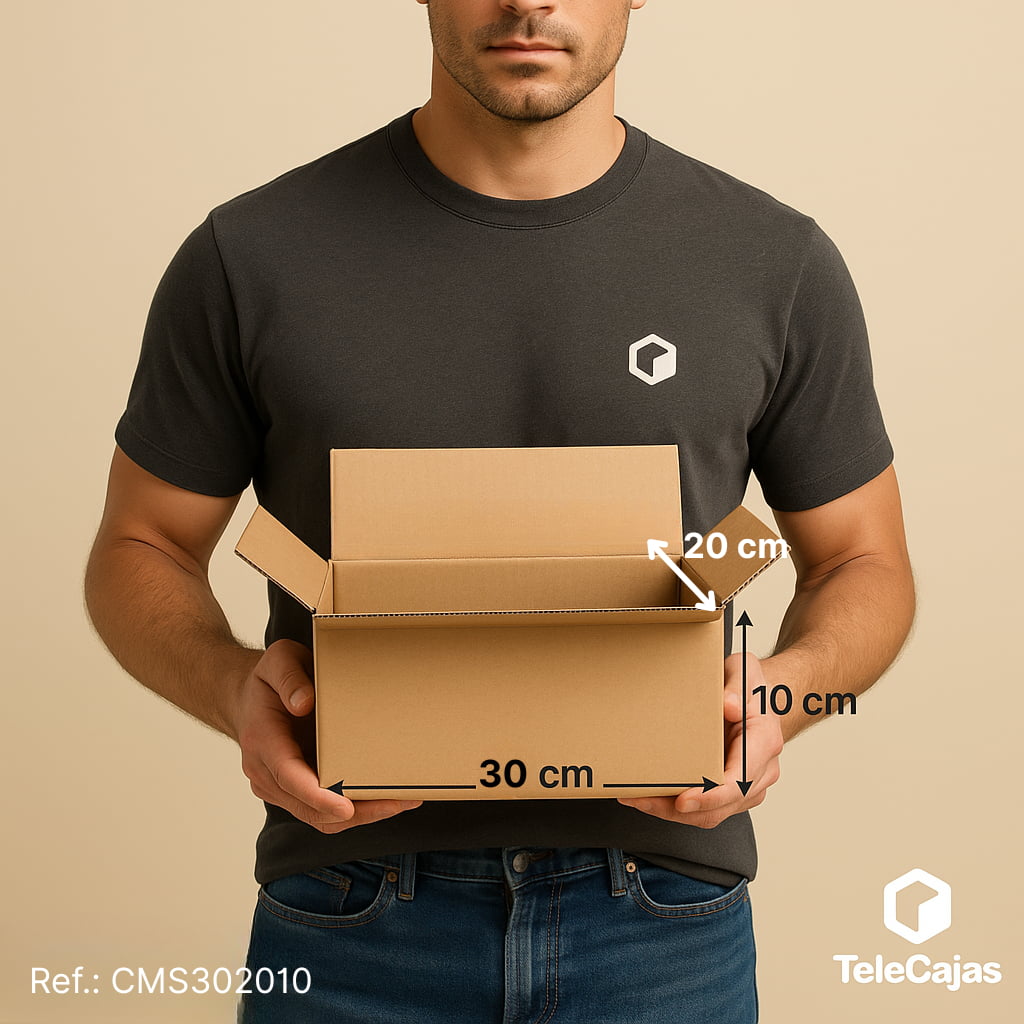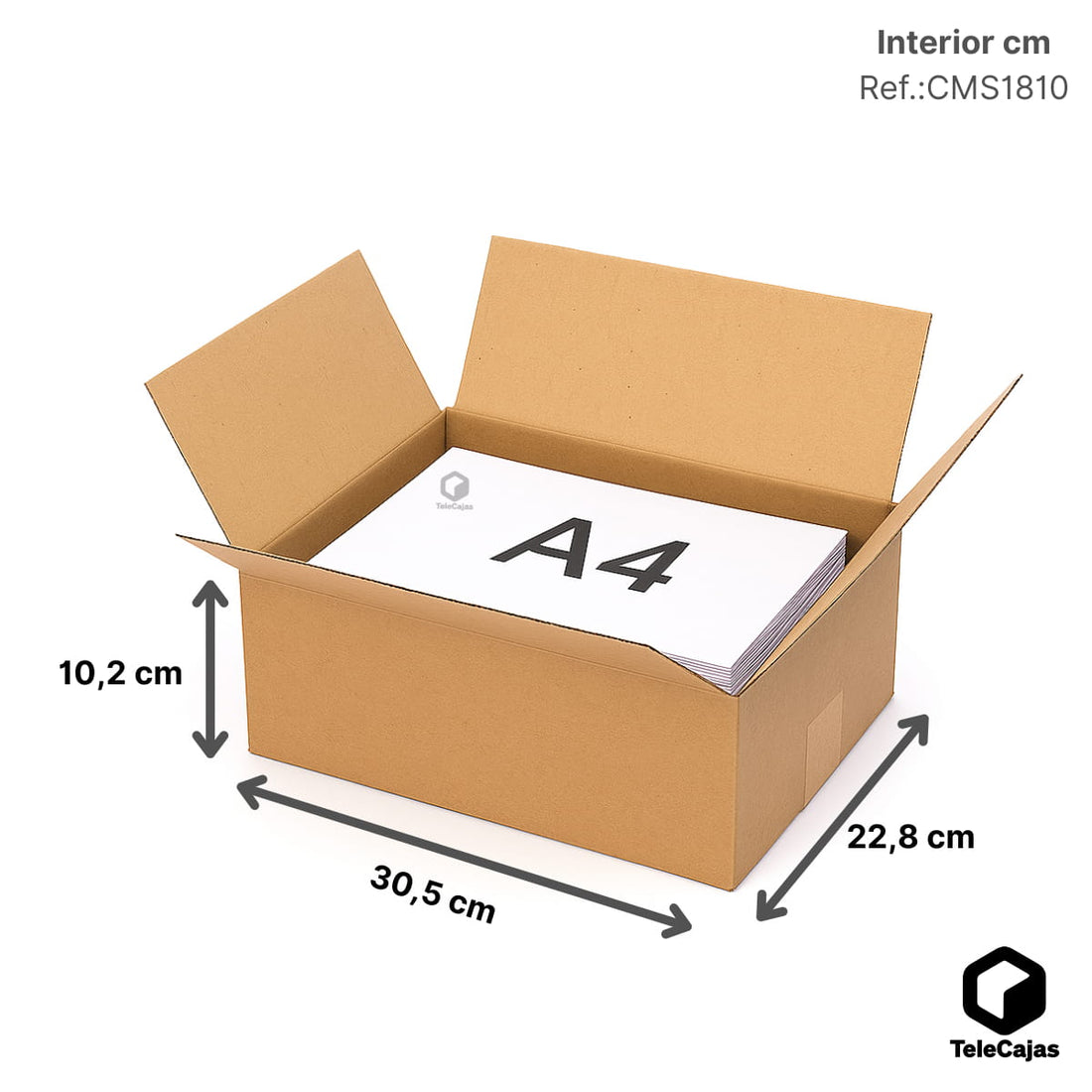Differences Between Acrylic, Solvent, Hotmelt and PVC Adhesive Tape for Cardboard Box Packaging
In the packaging sector, especially when working with cardboard boxes, selecting the right adhesive tape is crucial to ensuring the safety and integrity of packages during transport and storage. Various types of adhesive tapes are available on the market, each with specific properties that make them more or less suitable for different applications. In this article, we will analyze the differences between acrylic adhesive tape , solvent-based adhesive tape , hot melt adhesive tape , and PVC adhesive tape, focusing on their use for packaging cardboard boxes.
What is Acrylic Adhesive Tape?
Acrylic adhesive tape uses acrylic-based adhesives, known for their excellent resistance to UV rays, temperature variations, and aging. This type of tape is ideal for packaging cardboard boxes that require extended durability, especially in harsh environmental conditions.
Characteristics of Acrylic Adhesive Tape
- High UV resistance: Ideal for packaging exposed to direct sunlight for long periods.
- Durability: Maintains its adhesive properties even under conditions of high humidity and temperature changes.
- Strong adhesion: Ensures a robust seal that protects the contents of cardboard boxes.
Common Uses in Cardboard Box Packaging
- Sealing boxes for international shipments.
- Packaging of products exposed to variable environmental conditions.
- Attaching reinforcements to cardboard boxes for greater strength.

What is Solvent Adhesive Tape?
Solvent-based adhesive tape uses organic solvents, giving it exceptional initial tack and superior sealing capabilities. It is especially effective for sealing cardboard boxes with smooth and difficult surfaces.
Characteristics of Solvent-Based Adhesive Tape
- Instant adhesion: Allows for quick sealing, ideal for high-speed packaging lines.
- Excellent sealing: Effectively prevents air and moisture from entering, protecting the contents of the boxes.
- Versatility: Compatible with a wide variety of cardboard types and surfaces.
Common Uses in Cardboard Box Packaging
- Sealing boxes in distribution centers and warehouses.
- Packaging for electronic products that require protection against moisture.
- Applications in the automotive industry for shipping sensitive parts.
What is Hotmelt Adhesive Tape?
Hot melt adhesive tape uses heat-activated, heat-fusible adhesives. This type of tape is known for its fast adhesion and strong hold, making it ideal for automated cardboard box packaging processes.
Features of Hotmelt Adhesive Tape
- Heat activation: Adheres quickly when heat is applied, ideal for automated packaging systems.
- Strong adhesion: Provides a robust and durable fixation that secures cardboard boxes during transport.
- Speed of use: Perfect for production lines that require high efficiency.
Common Uses in Cardboard Box Packaging
- Automated packaging in manufacturing plants.
- Sealing boxes in high-speed processes.
- Fixing materials in the manufacture of reinforced boxes.
What is PVC Adhesive Tape?
PVC adhesive tape is made from polyvinyl chloride and is known for its flexibility and abrasion resistance. It is a popular choice for packaging cardboard boxes that require a conformable and durable surface.
Features of PVC Adhesive Tape
- High flexibility: Easily adapts to the irregular surfaces of cardboard boxes.
- Abrasion resistance: Ideal for high-wear environments where boxes may be subject to constant handling.
- Electrical properties: Offers electrical insulation, useful in packaging for electronic products.
Common Uses in Cardboard Box Packaging
- Wrapping cables and electronic products inside cardboard boxes.
- Repairs and reinforcements to cardboard boxes during transport.
- Packaging for products that require a flexible and adaptable surface.
Comparison of Adhesive Tapes for Cardboard Box Packaging: Acrylic vs. Solvent vs. Hotmelt vs. PVC
| Feature | Acrylic | Solvent | Hotmelt | PVC |
|---|---|---|---|---|
| Adhesive Type | Acrylic | Solvent-based | Thermal fuse | PVC |
| UV resistance | High | Average | Low | Average |
| Exterior Applications | Yeah | No | No | Partially |
| Initial Adherence | Average | High | Very High | Average |
| Flexibility | Low | Average | Average | High |
| Operating Temperature | Extremely high | Moderate | High | Moderate |
| Abrasion Resistance | High | Average | Average | Very High |
| Application Speed | Moderate | High | Very High | Average |
Which adhesive tape should you choose for packaging cardboard boxes?
Choosing the right adhesive tape for packing cardboard boxes depends on the specific needs of your packaging operation:
- Acrylic Tape: Ideal for durable packaging that will be exposed to varying environmental conditions, such as international shipping or prolonged storage.
- Solvent Tape: Perfect for fast and efficient sealing on high-speed packaging lines, especially when strong initial adhesion is required.
- Hotmelt Tape: Excellent for automated production processes that demand fast application and immediate robust bonding.
- PVC tape: The best option for packaging that requires flexibility and abrasion resistance, such as when shipping electronic products or fragile items.
Understanding the differences between acrylic, solvent-based, hot melt, and PVC adhesive tapes is essential for selecting the most suitable one for packaging cardboard boxes. Each type of tape offers specific advantages that make them ideal for different applications, from quick and strong seals to flexible and durable packaging. Selecting the right adhesive tape not only improves the efficiency of your packaging process but also ensures the safety and integrity of your products during transport and storage.


